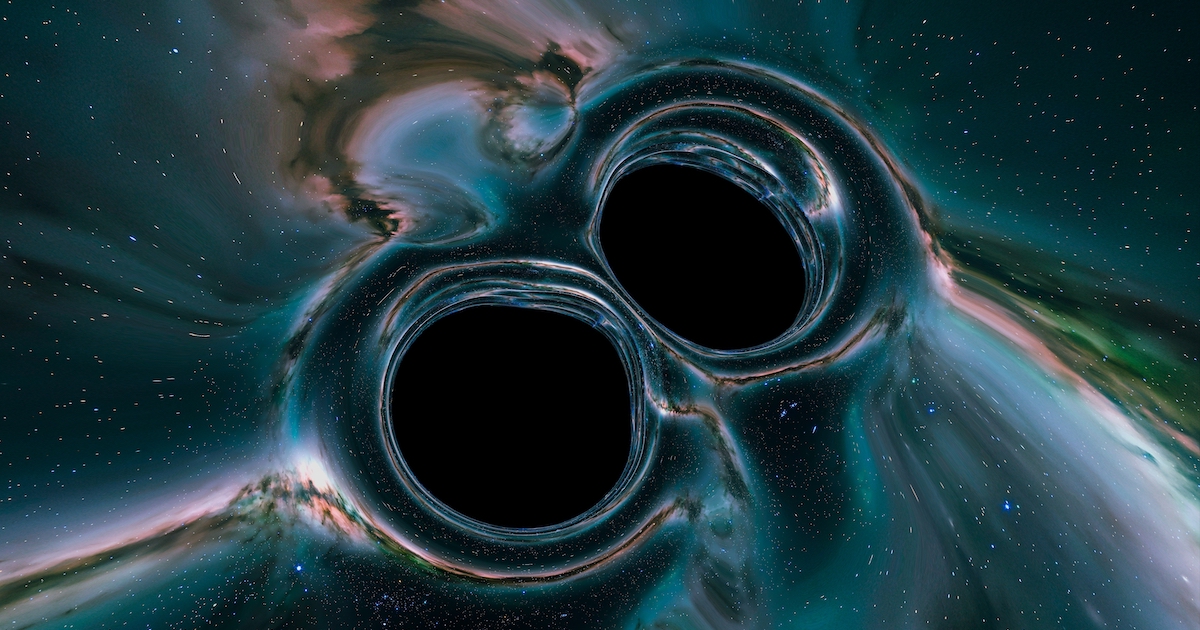
The development and deployment of the James Webb telescope will likely go down in history as the thing that finally allowed us access to the deep reaches of space – and boosted our understanding of physics and the origins of the universe in the process.
It seems as if every few weeks it spots something new, something farther away, or something that can help scientists answer questions that have been puzzling them for centuries.
This time, it’s spied a black hole merger at the far reaches of what we think it’s possible to view.
The duo of supermassive black holes were merging around 740 million years after the universe was born. The light traveled over 13 billion years to reach us, and scientists are thrilled about their ability to learn more about how these black holes grow to such an enormous size.
Even separately, these two black holes were 10 times heavier than the supermassive black hole at the center of the Milky Way, dubbed Sagittarius A*.
Co-author of the paper, Robert Maiolino, says they think just one of them was 50 million times the mass of our Sun.
“The mass of the other black hole is likely similar, although it is much harder to measure because this second black hole is buried in dense gas.”
The infrared power of the James Webb enabled scientists to track the distinct signatures of a supermassive black hole accumulating matter – something that’s impossible with only ground-based telescopes at your disposal, says lead author Dr. Hannah Übler.
“We found evidence for very dense gas with fast motions in the vicinity of the black hole, as well as hot and highly ionised gas illuminated by the energetic radiation typically produced by black holes in their accretion episodes.”
The James Webb was able to see details that suggested the interacting system would eventually merge into a bigger, single object.
These types of observations help researchers better understand how many supermassive black holes become so large, and how long it takes them to achieve that size.
These observations help provide insights into a different pathway for this end result.
“Our findings suggest that merging is an important route through which black holes can rapidly grow, even at cosmic dawn.”
Look for more answers to surface when gravitational observatory LISA launches in the 2030, as it will be able ot measure the gravitational waves of supermassive black holes like these.
There will no doubt be more insights and observations coming soon.
If you thought that was interesting, you might like to read about a quantum computer simulation that has “reversed time” and physics may never be the same.